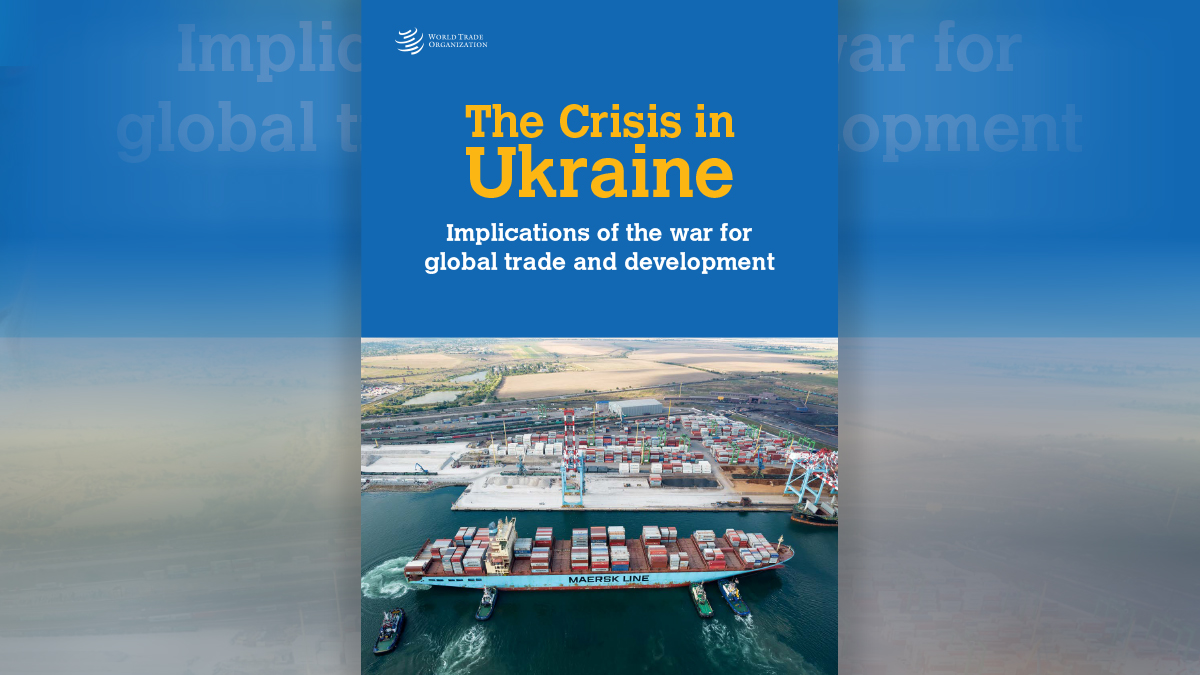
Introduction: The Dynamic Landscape of Global Trade Developments
Global trade developments play a pivotal role in shaping the interconnected world of commerce. This article delves into the multifaceted aspects of global trade, examining the factors that influence trade dynamics, the impact on economies, and the evolving landscape of international commerce.
Trade Agreements and Alliances: Shaping the Global Economic Tapestry
Trade agreements and alliances form the backbone of global trade developments. Nations engage in negotiations to establish mutually beneficial frameworks that facilitate the flow of goods and services across borders. These agreements foster economic cooperation, open new markets, and contribute to the overall growth of participating economies.
Tariffs and Trade Barriers: Navigating Challenges in Global Commerce
Tariffs and trade barriers represent obstacles that can impede the flow of goods between nations. These barriers, often implemented for economic or political reasons, influence the cost of imported and exported goods. Global trade developments frequently involve discussions and negotiations aimed at reducing or eliminating such barriers to create more open and efficient markets.
Supply Chain Resilience: Lessons Learned from Global Disruptions
Recent global events have underscored the importance of supply chain resilience in the face of unexpected disruptions. The COVID-19 pandemic, in particular, highlighted vulnerabilities in supply chains, prompting a reevaluation of sourcing strategies and a renewed focus on building resilient and adaptive global supply networks.
Technological Innovations: Catalyzing Efficiency in International Trade
Technological advancements have revolutionized global trade developments. Digital platforms, blockchain technology, and e-commerce solutions have streamlined supply chain processes, enhanced transparency, and reduced transaction costs. These innovations empower businesses to navigate global markets more efficiently and adapt to the evolving demands of international trade.
Environmental Considerations: The Intersection of Trade and Sustainability
The global trade landscape is increasingly influenced by environmental considerations. Sustainability and climate change concerns are shaping trade policies and practices. Nations and businesses are exploring ways to reduce the carbon footprint of international trade, with a growing emphasis on eco-friendly practices and responsible supply chain management.
Geopolitical Influences: Navigating Tensions and Alliances
Geopolitical factors play a significant role in global trade developments. Tensions between nations, geopolitical alliances, and diplomatic relations impact trade agreements and market access. Businesses must navigate these geopolitical dynamics to anticipate potential challenges and seize opportunities in an ever-changing global environment.
Emerging Markets: Catalysts for Global Economic Growth
The rise of emerging markets has been a transformative force in global trade developments. Nations with growing economies and expanding consumer bases offer new opportunities for international trade. Businesses are strategically entering these markets to capitalize on untapped potential and diversify their global footprint.
Trade Imbalances: Addressing Economic Disparities
Trade imbalances, where one nation exports significantly more than it imports or vice versa, are a key consideration in global trade developments. Addressing these imbalances involves diplomatic negotiations, policy adjustments, and efforts to create more equitable trade relationships for sustained economic growth.
Conclusion: Navigating the Future of Global Trade Developments
In conclusion, global trade developments form the intricate tapestry of the world economy. As nations and businesses navigate the challenges and opportunities presented by evolving trade dynamics, it is essential to stay informed and adapt strategies to the ever-changing landscape. Explore more about Global Trade Developments to gain insights into the future of international commerce.













